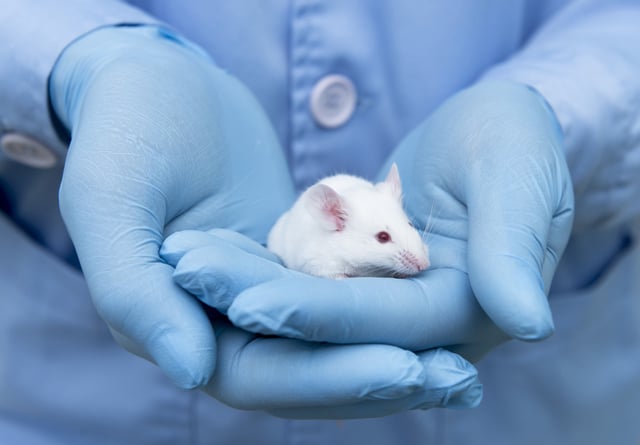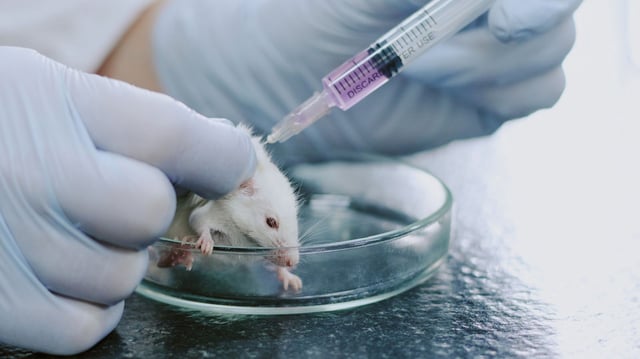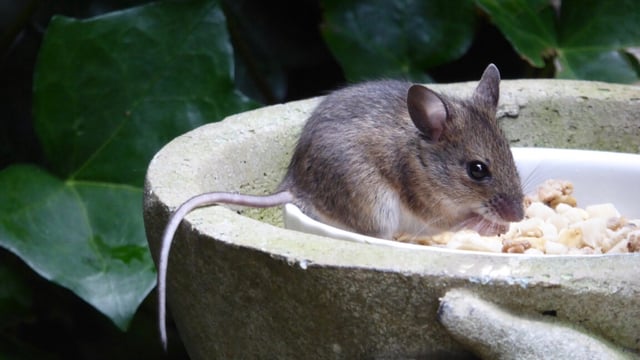Overview
- Comparative single-cell RNA sequencing and spatial transcriptomics showed that regenerative mammals activate Aldh1a2 in wound-induced fibroblasts while mice exhibit deficient expression and faster retinoic acid breakdown.
- Exogenous retinoic acid injections or insertion of a rabbit-derived Aldh1a2 enhancer fully restored closure of full-thickness ear pinna injuries in genetically modified mice.
- Aldh1a2 encodes an enzyme critical for synthesizing retinoic acid, a metabolite that reawakens embryonic-like pathways for cell proliferation, migration and tissue patterning.
- Analysis suggests that evolutionary loss of Aldh1a2-linked regulatory elements contributed to the limited regenerative capacity observed in common rodent species.
- Published in Science on June 26, 2025, the study opens avenues for gene therapy and pharmacological approaches aimed at enhancing human tissue repair and regeneration.



